ART-PRESENTATION: Richard Tuttle-Nine Stepping Stones
 Over the last six decades, Richard Tuttle has become one of the most representative American artists of the postwar period, occupying interstitial positions between several genres, including painting, sculpture, drawing, and poetry. He consistently opens new possibilities for a variety of mediums and materials, demonstrating how traditional categories of artmaking can function as starting points for unhindered, open investigations into the functioning of perception and language.
Over the last six decades, Richard Tuttle has become one of the most representative American artists of the postwar period, occupying interstitial positions between several genres, including painting, sculpture, drawing, and poetry. He consistently opens new possibilities for a variety of mediums and materials, demonstrating how traditional categories of artmaking can function as starting points for unhindered, open investigations into the functioning of perception and language.
By Dimitris Lempesis
Photo: David Kordansky Gallery
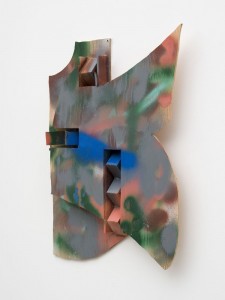
Richard Tuttle’s early encounters with artists and artworks associated with pop and minimalism laid the groundwork for a project precipitated on reinvention and change. As Tuttle developed a syntax remarkable for the frankness of its physicality and the poetry of its juxtapositions, he created a space in which a decidedly avant-garde strain of contemporary art could take on the organic sophistication and subtlety of the natural world. At the same time, he began to produce a number of iconic typologies (including stretched and pinned canvases, painted reliefs, and works on paper) in which divisions between object, image, making, abstraction, and observation fell away, leaving in their wake a mode of translating the multiplicity and complexity of life into discrete, often elegant constructions notable for their precision, radical informality, and immediately tangible intimacy. Featuring a new group of wall-based works, the exhibition “Nine Stepping Stones”, Richard Tuttle’s first exhibition at David Kordansky Gallery, highlights the recent production of one of the most representative American artists of the postwar period. In each case, Tuttle’s work demonstrates how traditional categories of artmaking can function as starting points for wide-ranging investigations into the functioning of perception and language, questioning not only how we see or experience, but also what is being seen or experienced. Such questions ultimately hinge upon how a person (whether artist or viewer or both) inhabits and makes sense of the thing that comes to be known as an artwork. “Nine Stepping Stones” is dedicated to a series of assemblages whose titles all include the word “head” and whose roughly head-like proportions and shapes symbolize the human (and humanistic) frame of reference through which they can be engaged. Built from plywood that in turn becomes a support for spray-painted marks, each is a lyrical conundrum defined by its mysteries of construction and palpable sense of aesthetic openness exercised within clear (if elusive) limits and expressed via humble materials. In these works, color is nominal and painting is diffracted, revealing a spectrum of constituent parts that goes beyond the visual and pushes the medium into uncharted territory.
Photo: Richard Tuttle, 20 Pearls (1), 2003, acrylic on archival foamcore board and museum board, 6 x 10 1/4 x 3/4 inches (15.2 x 26 x 1.9 cm), © Richard Tuttle, Courtesy the artist and David Kordansky Gallery
Info: David Kordansky Gallery, 5130 W. Edgewood Pl. Los Angeles, Duration: 23/1-6/3/2021, Days & Hours: Tue-Sat 10:00-18:00 (Book your visit), www.davidkordanskygallery.com
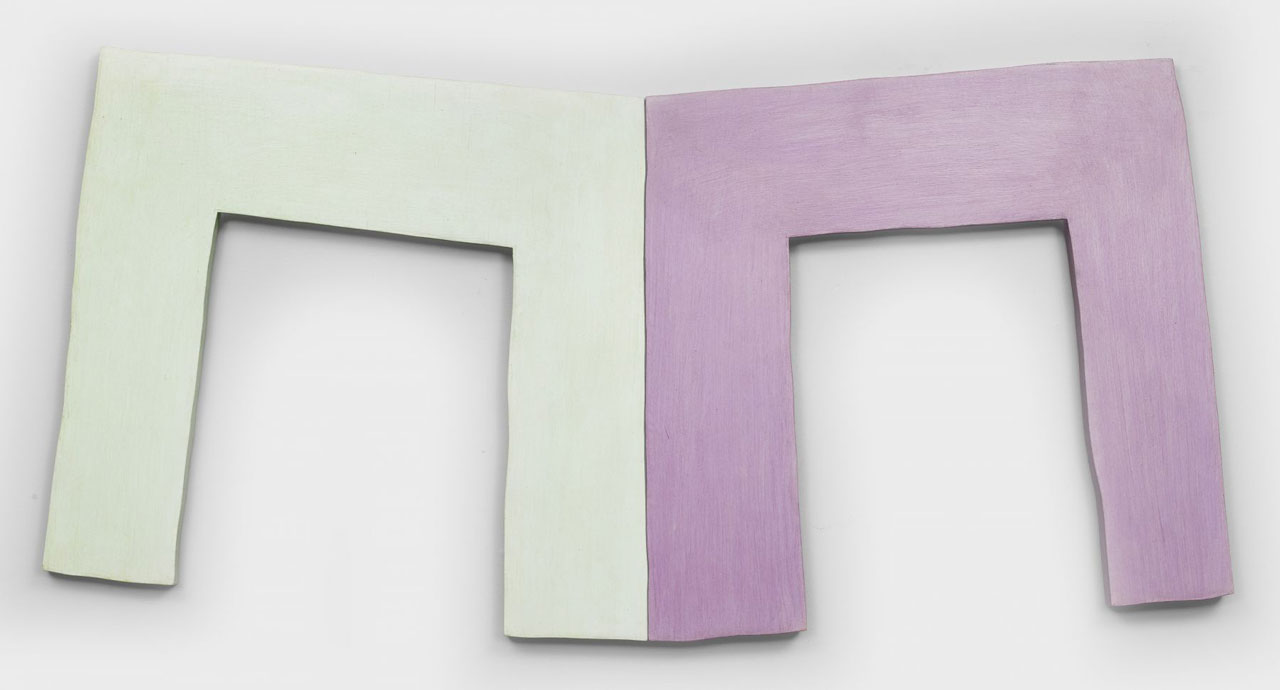
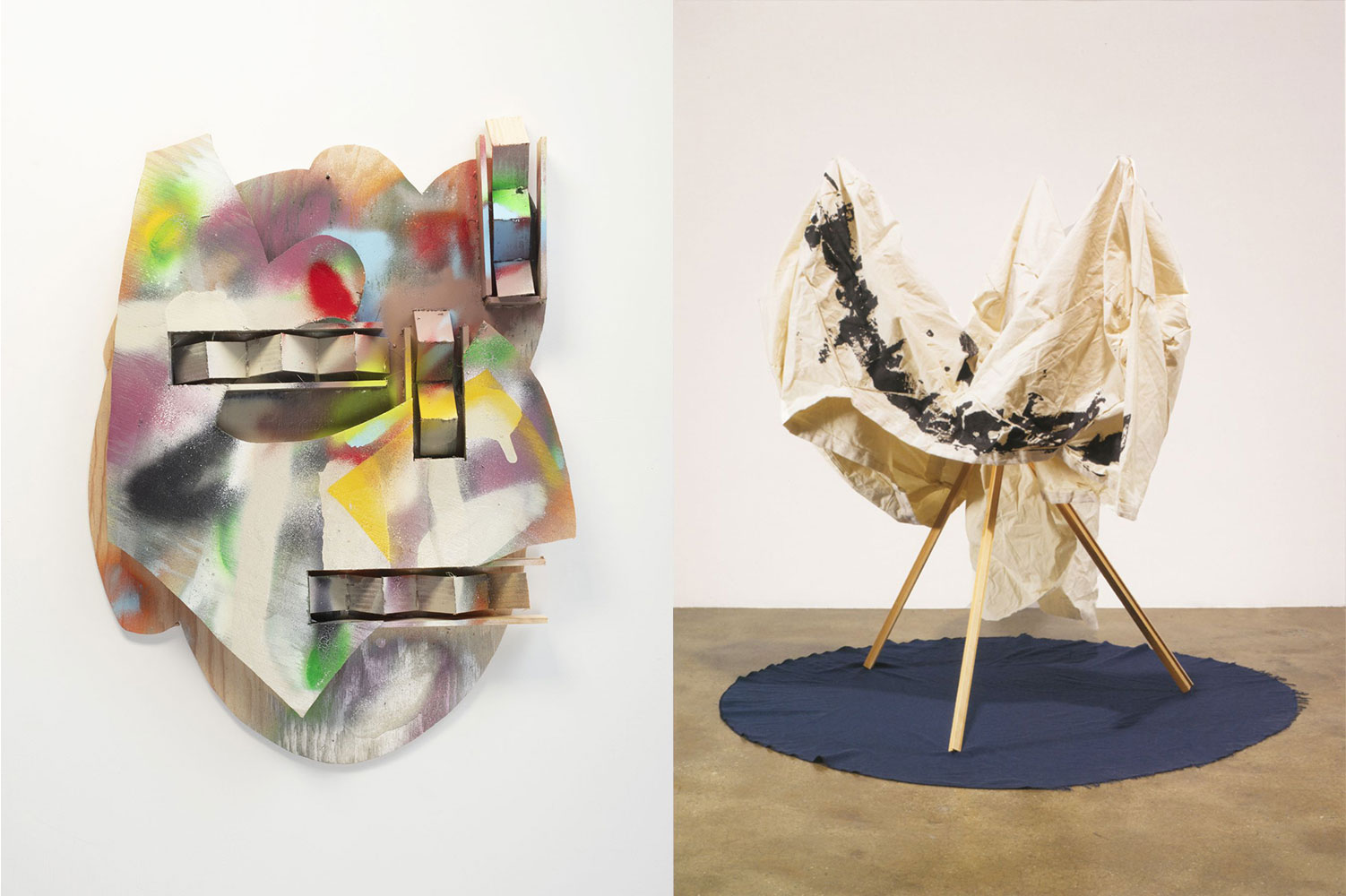
Right: Richard Tuttle, Five, 1987, wood, canvas, fabric, acrylic paint, nails, copper wire, and linen thread, 40 15/16 x 59 1/16 x 61 13/16 inches (104 x 150 x 157 cm) , © Richard Tuttle, Courtesy the artist and David Kordansky Gallery
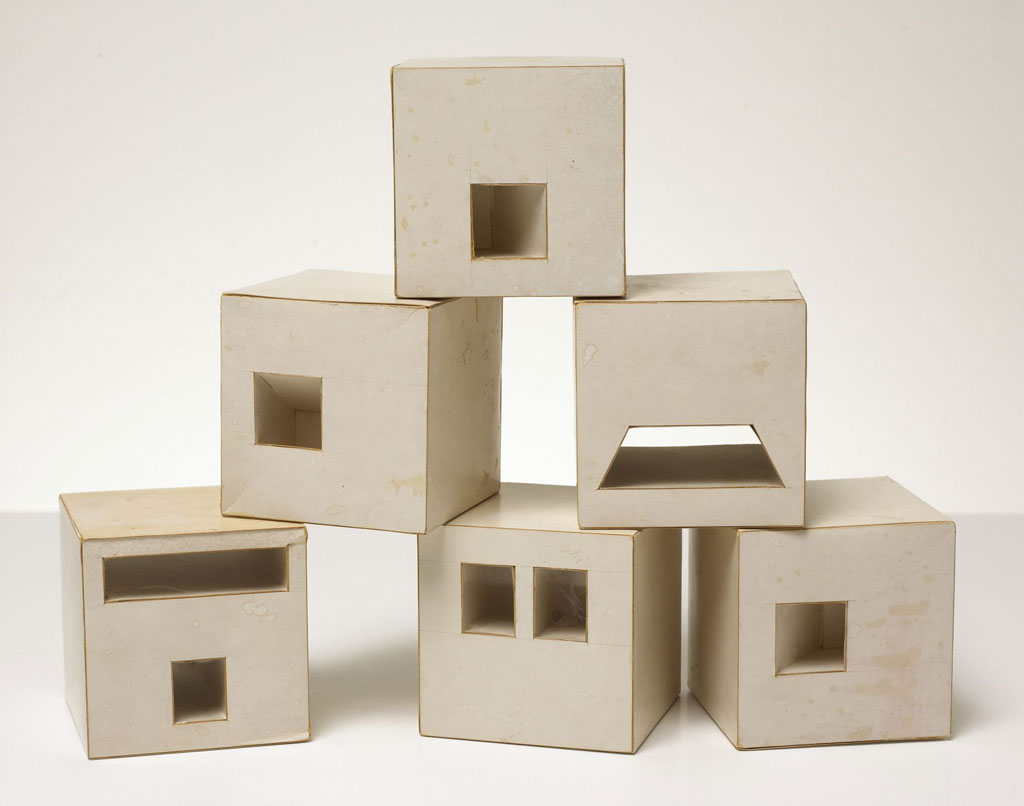
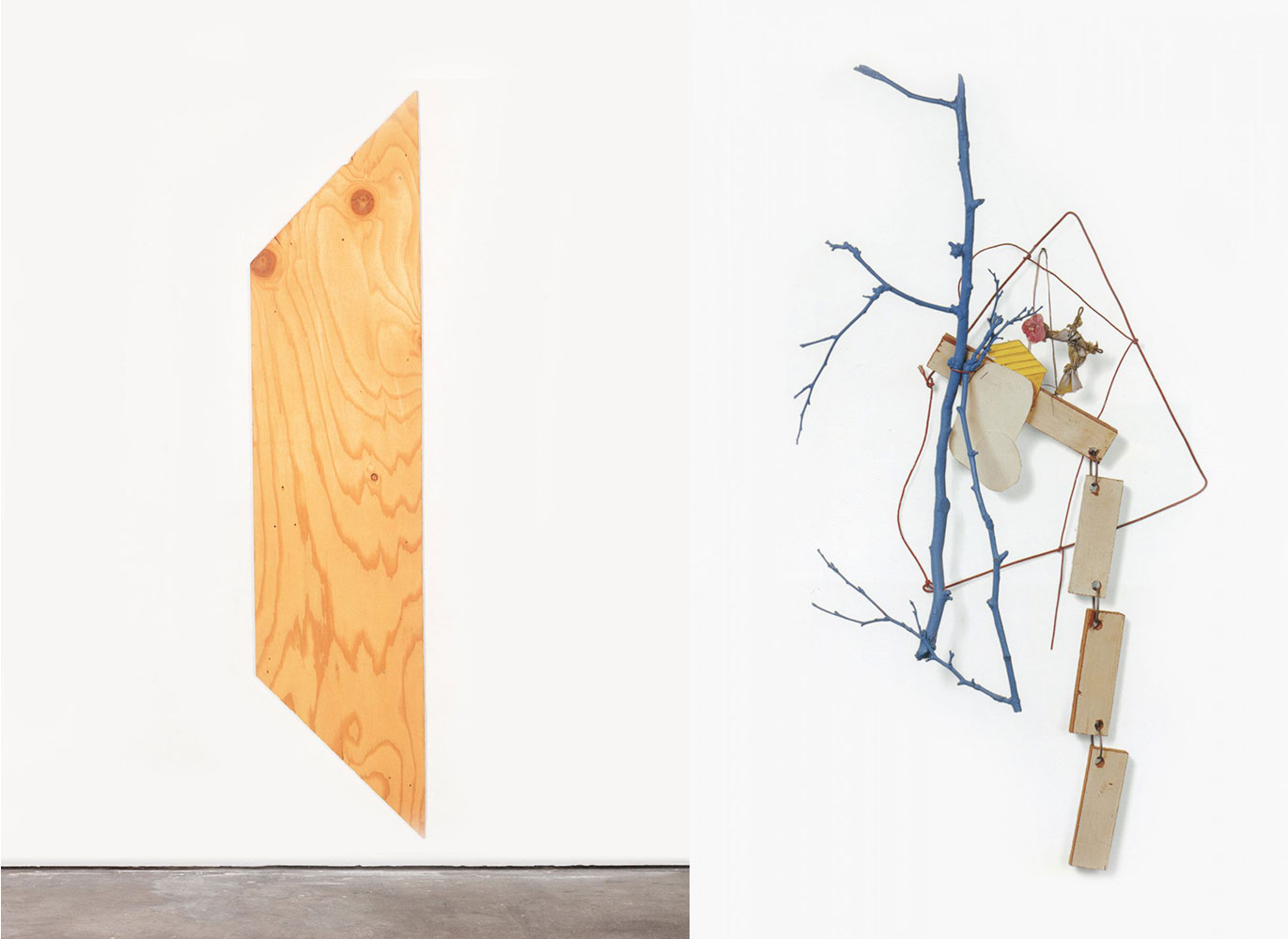
Right: Richard Tuttle, Monkey’s Recovery for a Darkened Room, 6, 1983, wood, wire, acrylic, mat board, strong, and cloth, 40 x 20 1/2 x 12 1/2 inches (101.6 x 52.1 x 31.8 cm), © Richard Tuttle, Courtesy the artist and David Kordansky Gallery
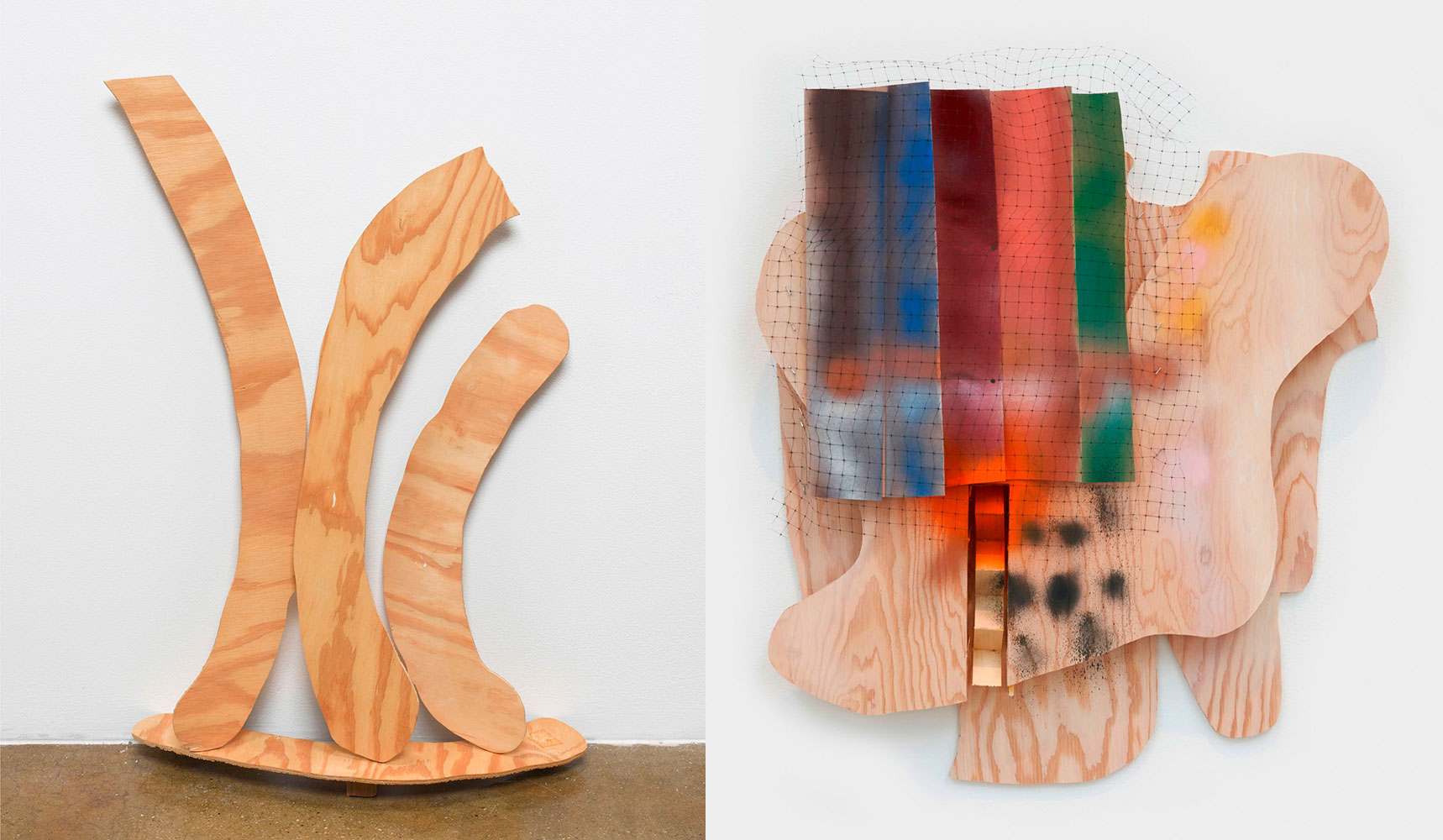
Right: Richard Tuttle, Cleo (history), 2019, fir plywood, pine lattice stripping, wood glue, nails, spray paints, hot glue, plastic webbing, and staples, 35 1/2 x 29 1/2 x 5 inches, (90.2 x 74.9 x 12.7 cm), © Richard Tuttle, Courtesy the artist and David Kordansky Gallery
